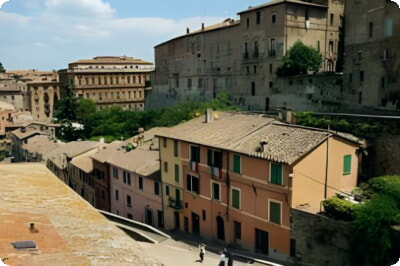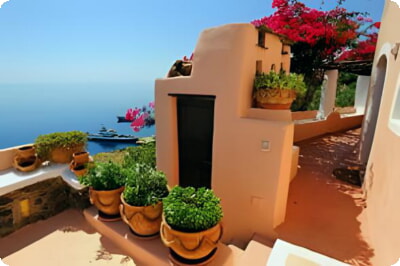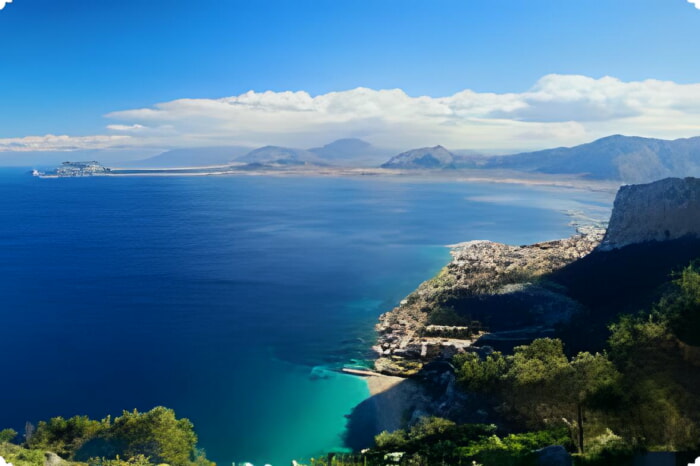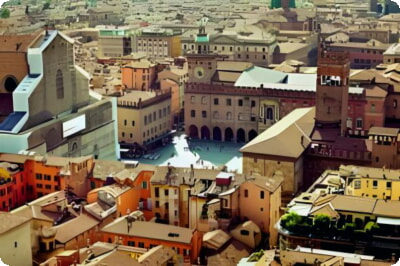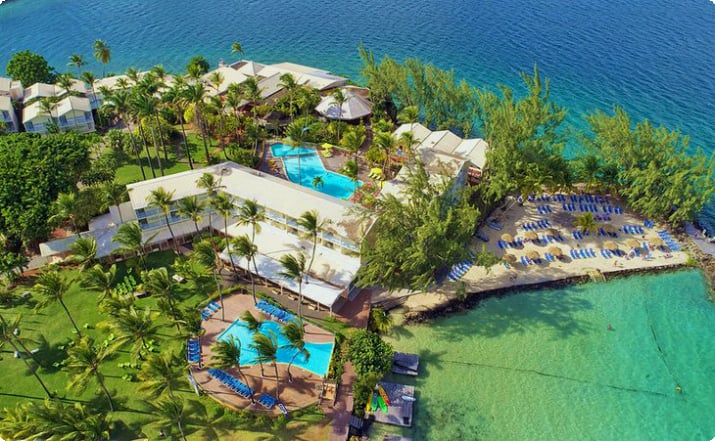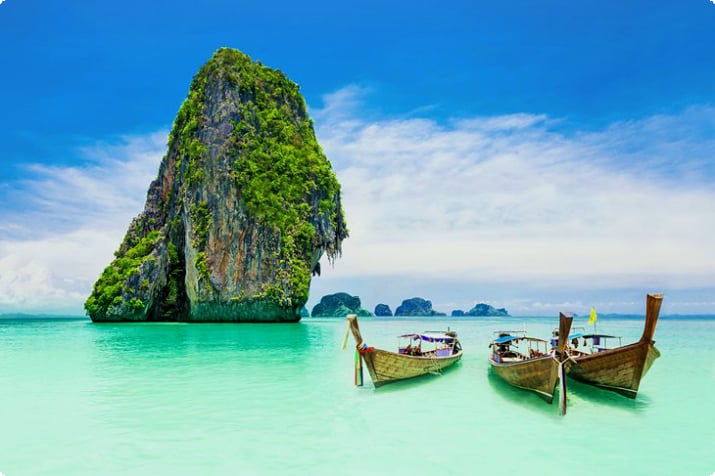Discover Perugia: A Guide to the City's Attractions
Perugia, the picturesque capital of Umbria, is steeped in history, with its roots tracing back to the Etruscan federation. The city's ancient walls, which span 2,800 meters, are a testament to its storied past. Perugia is also renowned for its contributions to the art world, particularly during the 15th and 16th centuries, with masters like Perugino and Pinturicchio leaving their mark. The young Raphael honed his craft here, and their works are displayed throughout the city's churches and public buildings. For ease of travel, consider renting a car.
Explore the best of Perugia with our curated list of top attractions and activities.
For beach lovers, check out the best beaches in Italy.
Accommodation options: Where to Stay in Perugia.
Enhance your visit with guided tours & day trips in Perugia.
1. Rocca Paolina

Delve into the underground world of Rocca Paolina, a fortress built in 1540 by Pope Paul III. This subterranean complex, once a neighborhood, now serves as a haunting reminder of Perugia's turbulent history. Visitors can explore the vaulted foundations and passages that were once streets, now buried deep below the city.
2. Galleria Nazionale dell'Umbria

The Galleria Nazionale dell'Umbria, housed in the Palazzo dei Priori, showcases the evolution of Umbrian painting from the Middle Ages to the 20th century. Notable works include pieces by Perugino and Pinturicchio, as well as sculptures by di Cambio and di Duccio.
3. San Lorenzo

San Lorenzo, Perugia's cathedral, is a Gothic hall-church with an unfinished façade. Inside, visitors can admire the 15th-century choir-stalls, a 14th-century pulpit, and the Chapel of San Bernardino, which houses Barocci's Deposition and a fresco by Raphael in the church of San Severo.
4. Fontana Maggiore and Piazza IV Novembre
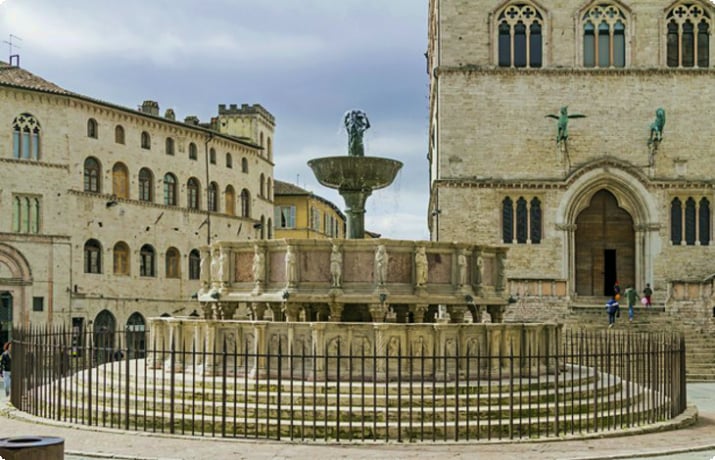
Piazza IV Novembre, the heart of Perugia, is home to the exquisite 13th-century Fontana Maggiore. The square has been the city's hub since Roman times and is flanked by the Archbishop's Palace and the Palazzo del Podesta.
5. San Pietro
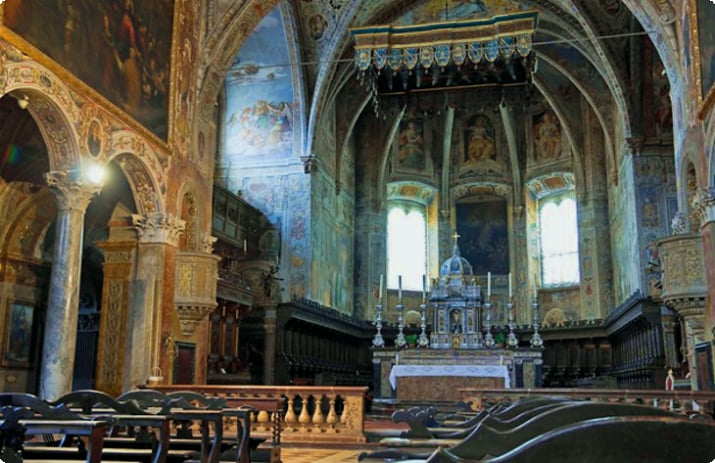
San Pietro church, outside the Porta San Pietro, is an early Christian basilica adorned with Gothic wooden choir-stalls and works by renowned artists like Perugino and Raphael.
6. Palazzo dei Priori and Collegio del Cambio
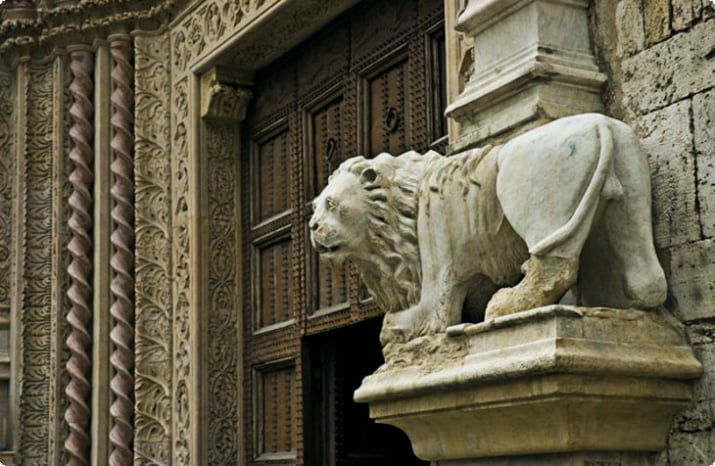
The Palazzo dei Priori, a Gothic structure, features the Sala dei Notari adorned with 13th-century frescoes. The Collegio del Cambio, part of the palace, is decorated with frescoes by Perugino.
7. Sant'Arcangelo
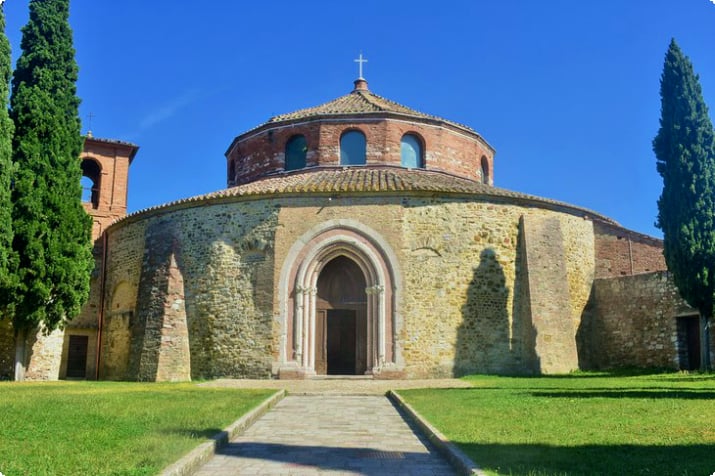
Sant'Arcangelo, a round church from the 5th to 6th centuries, showcases early Christian symbols and a blend of Romanesque and Byzantine architecture.
8. Arco d'Augusto
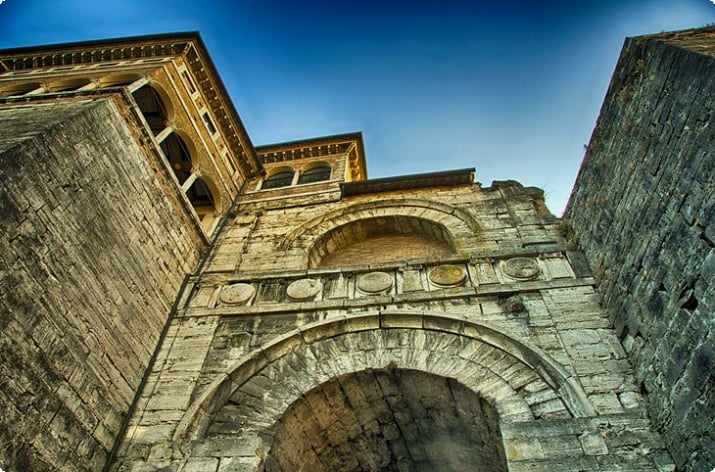
The Arco d'Augusto, an ancient Etruscan gate, was restored by Emperor Augustus in 40 BC. It features two arches connecting trapezoidal towers.
9. San Domenico
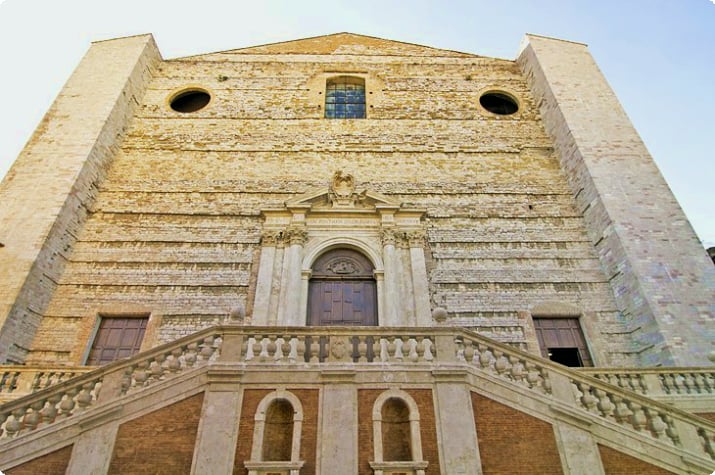
San Domenico church, with its Gothic appearance, houses Renaissance woodwork, frescoes by Benedetto di Bindo, and the tomb of Pope Benedict XI.
10. Day Trip to Lago Trasimeno

Lago Trasimeno, west of Perugia, is Italy's largest lake south of the Po valley. The towns of Passignano sul Trasimeno and Castiglione del Lago offer picturesque views and historic castles.
11. Ipogeo dei Volumni (Etruscan Tomb)
The Tomb of the Volumni, an impressive Etruscan burial site, is located near Perugia. Visitors can explore its nine chambers and view ancient artifacts.
12. Studio Moretti Caselli
Discover the art of stained glass at the Moretti Caselli studio, where visitors can learn about the craft and see the kilns and pigments used for centuries. Tours are free, but donations are appreciated.
Official site: http://www.studiomoretticaselli.it/?lang=en
13. Museo Archeologico
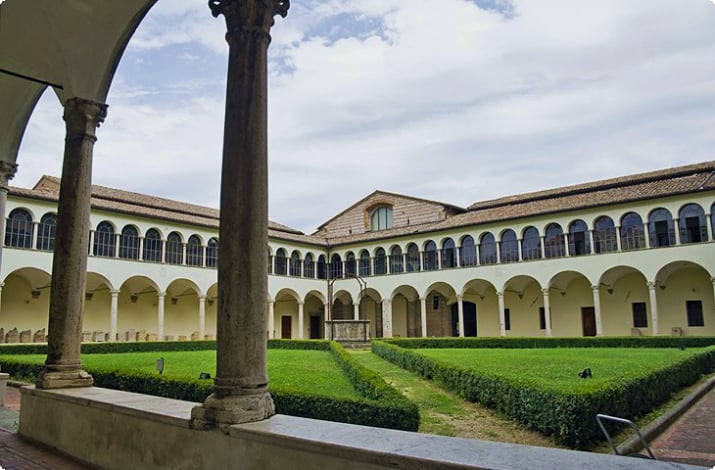
The Museo Archeologico Nazionale dell'Umbria, located in a former monastery, displays Roman and Etruscan artifacts, including the Cippus Peruvianus, an extensive Etruscan inscription.
14. Oratorio di San Bernardino
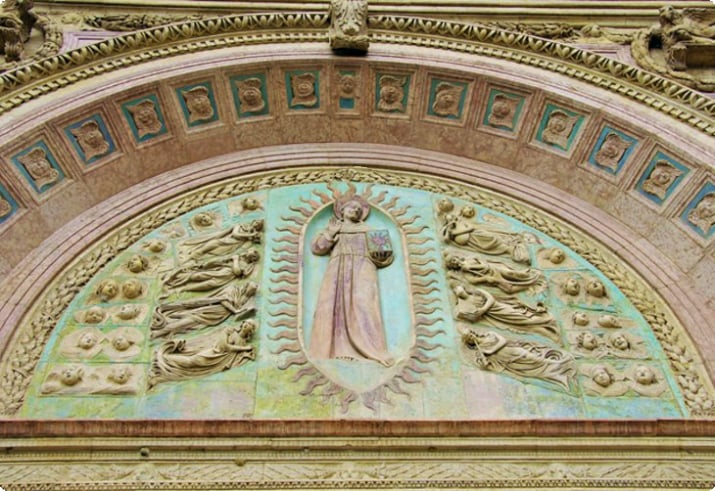
The Oratorio di San Bernardino features a facade by Agostino di Duccio, a masterpiece of Renaissance art in Perugia.
15. Day Trip to Deruta

Deruta, known for its Umbrian ceramics, is home to the Museo delle Maioliche and the church of the Madonna del Bagno, adorned with majolica plaques.
Where to Stay in Perugia for Sightseeing
For a comfortable stay, consider these hotels in Perugia:
- The 5-star hotel Sina Brufani offers luxury amenities.
- The mid-range Sangallo Palace Hotel is conveniently located.
- The affordable Hotel Rosalba provides beautiful views.
- Hotel Sant' Ercolano offers budget rooms with great location.
Tips and Tours: How to Make the Most of Your Visit to Perugia
- Touring Perugia: A private two-hour Perugia Private Walking Tour can enhance your experience with a personal guide to show you the city's highlights.
More Related Articles on tripates.com
Exploring More Tuscan Hill Towns: Discover other Tuscan gems like San Gimignano and Volterra, or visit Assisi, the birthplace of St. Francis.
Discovering Tuscan Cities: Explore the landmarks of Florence, Siena, and Pisa, including the iconic Leaning Tower.

